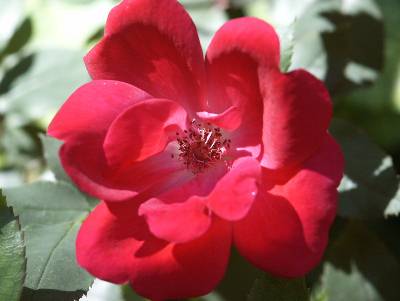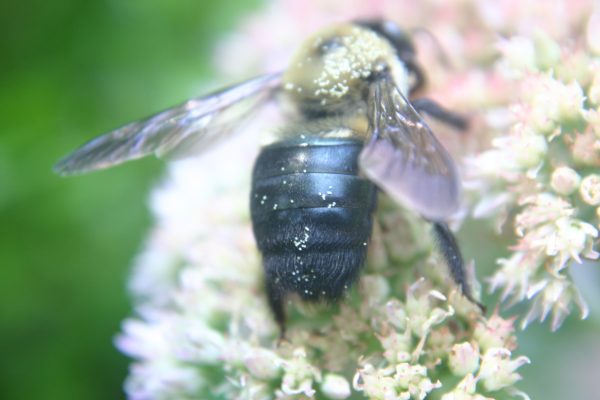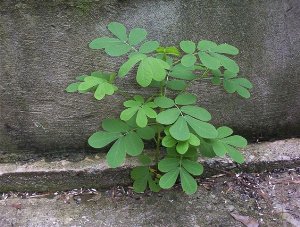Fall Webworm
The large webs of the fall webworm begin to appear in July – August on pecan, oak and other landscape trees. This caterpillar is a native of North America and Mexico. Many pests in our landscape were accidentally introduced here from Asia and Europe. Our fall webworm is a pest that traveled the other way. It was found in Hungary in 1940 and is now a serious pest in other parts of the world.
There are actually two kinds of fall webworm: the red headed and the black headed. Both have white hairs and two distinctive rows of dark dots running the length of their bodies. If you see a web in a tree, tap nearby branches and observe an odd habit of the caterpillar: when disturbed, all of the caterpillars in a nest will make a distinctive “jerk” in perfect rhythm. They will even respond to a loud noise, such as a hand clap or shout!
The caterpillars may defoliate a branch or two but they rarely threaten the life of a tree. The leaves they consume would fall soon anyway and the caterpillar stage of life will end after a few weeks. They drop to the ground in September to pupate and will emerge next spring as a brown moth.
If you simply must do something, wrap the webbing onto the end of a long pole to expose the worms to predators and the elements. Hornets, wasps and yellowjackets are major predators of webworms….they will eat most of them in a nest if you pull away the webbing.
Fall webworm in pecan tree

















